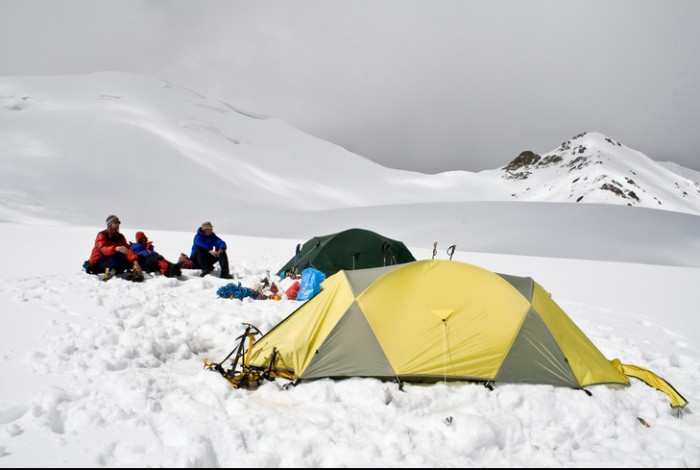

Tibet
Tibet is a region in Asia wrapper much of the Tibetan Plateau across about 2.5 million km. It is the traditional homeland of the Tibetan people as well as some other cultural groups such as Monpa, Tamang, Qiang, Sherpa, and Lhoba peoples and is now also inhabited by extensive numbers of Han Chinese and Hui people. Tibet is the highest region on Earth, with an average elevation of 5,000 m (16,000 ft). The highest elevation in Tibet is Mount Everest, Earth’s highest mountain, rising 8,848 m (29,029 ft) above sea level.
The Tibetan kingdom emerged in the 7th century, but with the fall of the empire the region soon divided into a variety of territories. The bulk of western and central Tibet was often at least nominally unified under a series of Tibetan governments in Lhasa, Shigatse, or nearby locations. The eastern regions of Kham and Amdo often maintained a more decentralized local political structure, being divided among a number of small principalities and ethnic groups, while also often falling more directly under Chinese rule after the Battle of Chamdo; most of this area was eventually incorporated into the Chinese provinces of Sichuan and Qinghai. The current borders of Tibet were generally established in the 18th century.
Following the Xinhai Revolution against the Qing dynasty in 1912, Qing soldiers were disarmed and escorted out of Tibet region. The region subsequently declared its independence in 1913 without detection by the subsequent Chinese Republican government. Later, Lhasa took control of the western part of Xikang, China. The region maintained its autonomy until 1951 when, following the Battle of Chamdo, Tibet became incorporated into the People’s Republic of China, and the previous Tibetan government was abolished in 1959 after a failed uprising. Today, China governs western and central Tibet as the Tibet Autonomous area while the eastern areas are now mostly ethnic independent prefectures within Sichuan, Qinghai and other neighbouring provinces. There are tensions regarding Tibet’s political status and dissenting groups that are active in exile. Tibetan activists in Tibet have reportedly been arrested or tortured.
The nation of Tibet is dominated by continuation agriculture, though tourism has become a growing industry in recent decades. The leading religion in Tibet is Tibetan Buddhism; in addition there is Bön, which is similar to Tibetan Buddhism and there are also Tibetan Muslims and Christian minorities. Tibetan Buddhism is a primary authority on the art, music, and festivals of the region. Tibetan architecture reflects Chinese and Indian influences. Staple foods in Tibet are roasted barley, yak meat, and butter tea.


